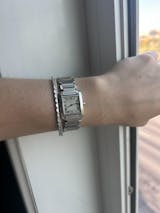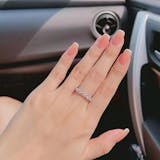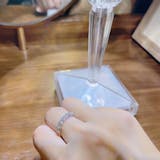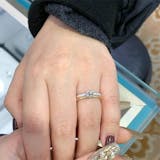The Timeless Charm of the Asscher Cut
Share
When it comes to vintage elegance and modern precision, the Asscher cut stands in a class of its own. With its bold step cuts, perfectly square shape, and mesmerizing symmetry, it’s no wonder that this diamond cut continues to capture hearts more than a century after its invention.
A Cut with a Rich History
The Asscher cut was created in 1902 by Dutch master cutter Joseph Asscher, whose family-owned diamond company was already a leader in the world of gem cutting. In 1908, the company was even commissioned by the royal family to cut the world’s largest diamond rough—the legendary 3,106-carat Cullinan diamond. From this moment on, the Asscher cut became a symbol of innovation and excellence.
Though inspired by the emerald cut, the Asscher cut is distinctly square in shape. Its unique faceting style enhances clarity and creates a captivating "hall of mirrors" effect. Originally designed for diamonds, it became hugely popular in the Art Deco era of the 1920s, often seen in jewelry with geometric and architectural flair.
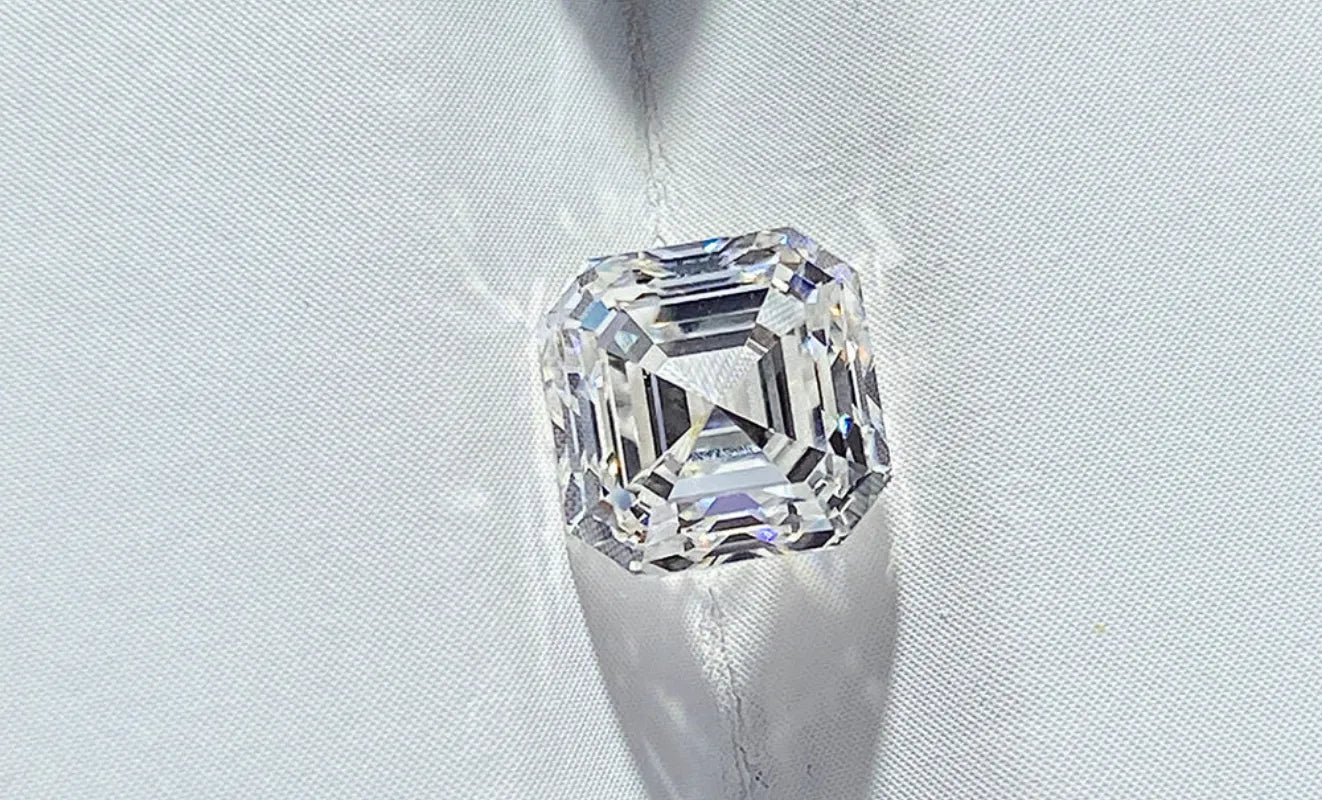
A Cut for the Purist
What makes the Asscher cut so alluring today? It's all about balance. With a 1:1 ratio and crisp step facets, Asscher-cut diamonds sparkle in a way that feels clean, open, and incredibly refined. You can spot its symmetry from every angle—something that perfectionists and minimalists deeply appreciate.
However, not every diamond is fit for the Asscher. Because of its open structure, this cut can easily reveal flaws. Only high-quality stones—clear, well-proportioned, and near-perfect—are selected for Asscher cutting. That's also why you don’t see a lot of large Asscher diamonds, especially over 5 carats. The cut requires raw stones with a very specific shape (length-to-width ratio close to 1.0), and the yield is low due to higher material loss.
A Modern Revival
In recent decades, the Asscher cut has made a stylish comeback. Celebrities and design lovers have embraced it for its blend of heritage and sophistication. It’s often chosen for engagement rings that stand out without shouting—bold yet understated, vintage yet timeless.
At our store, we love customizing Asscher-cut diamonds because each one feels like a tiny architectural masterpiece. When you wear one, you’re not just wearing a stone—you’re wearing history, craftsmanship, and a story that began over 100 years ago in Amsterdam.

Looking for an Asscher-cut diamond?
Explore our Asscher cut collection or chat with us to create a custom piece tailored just for you.



